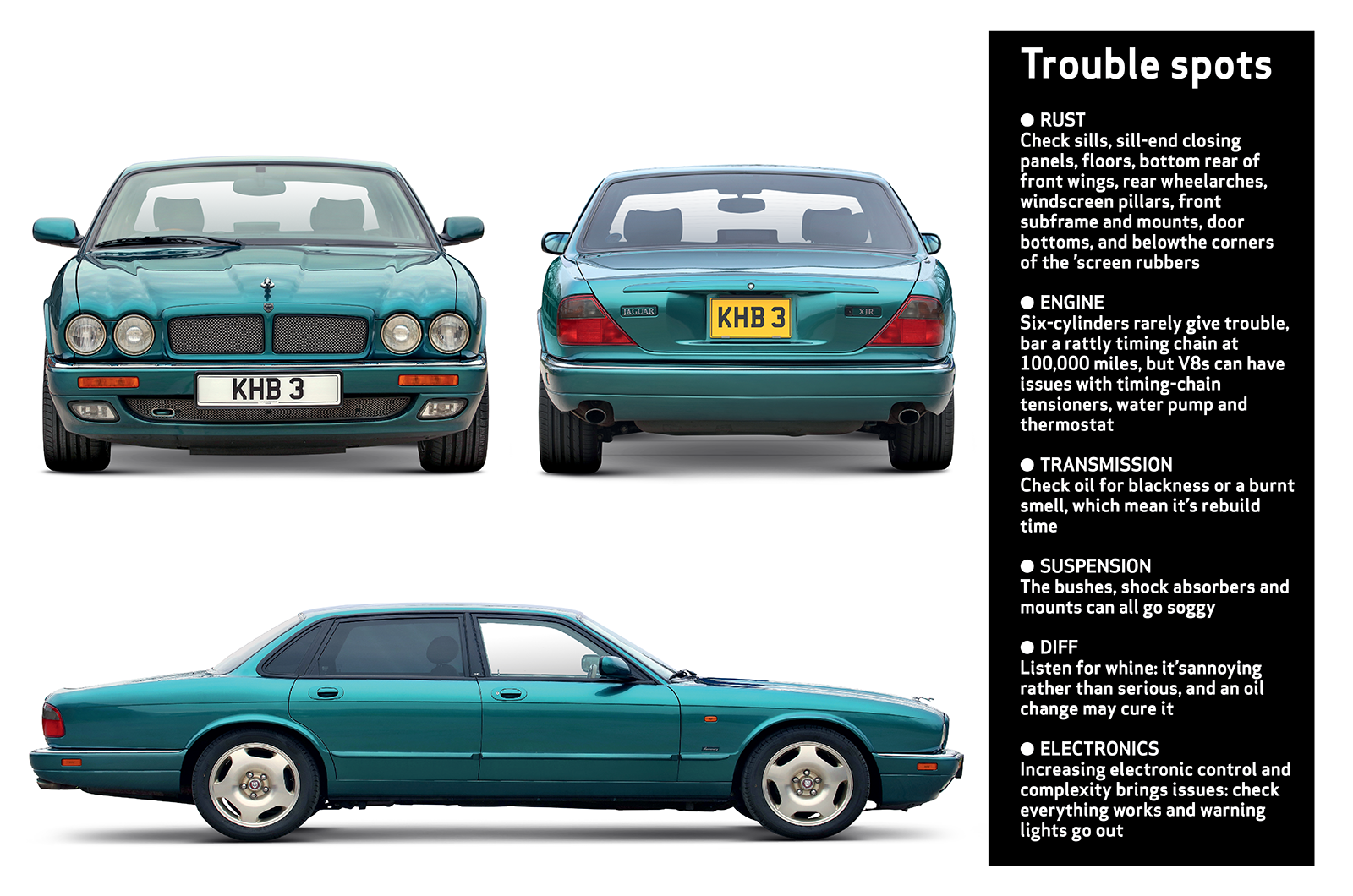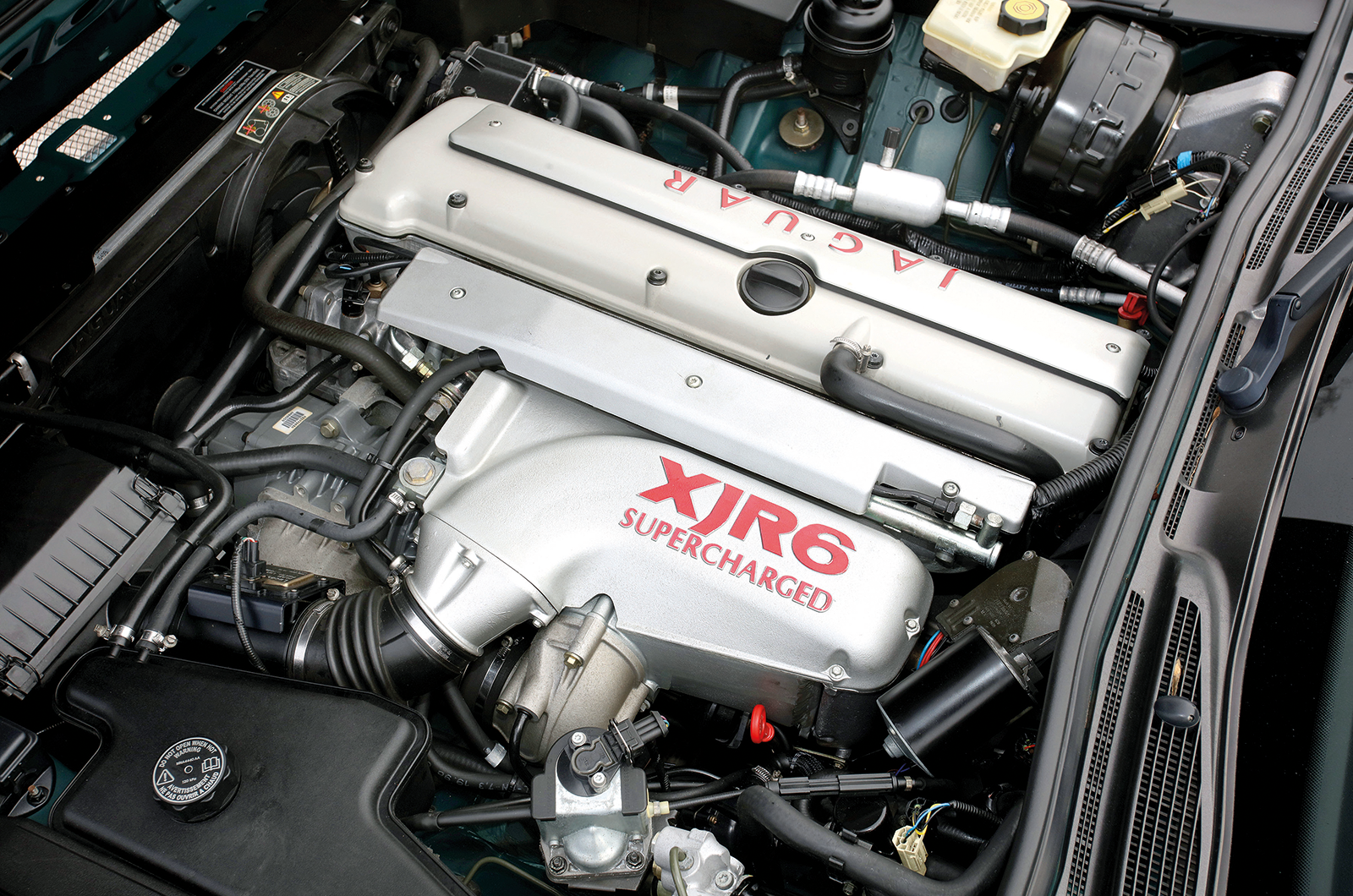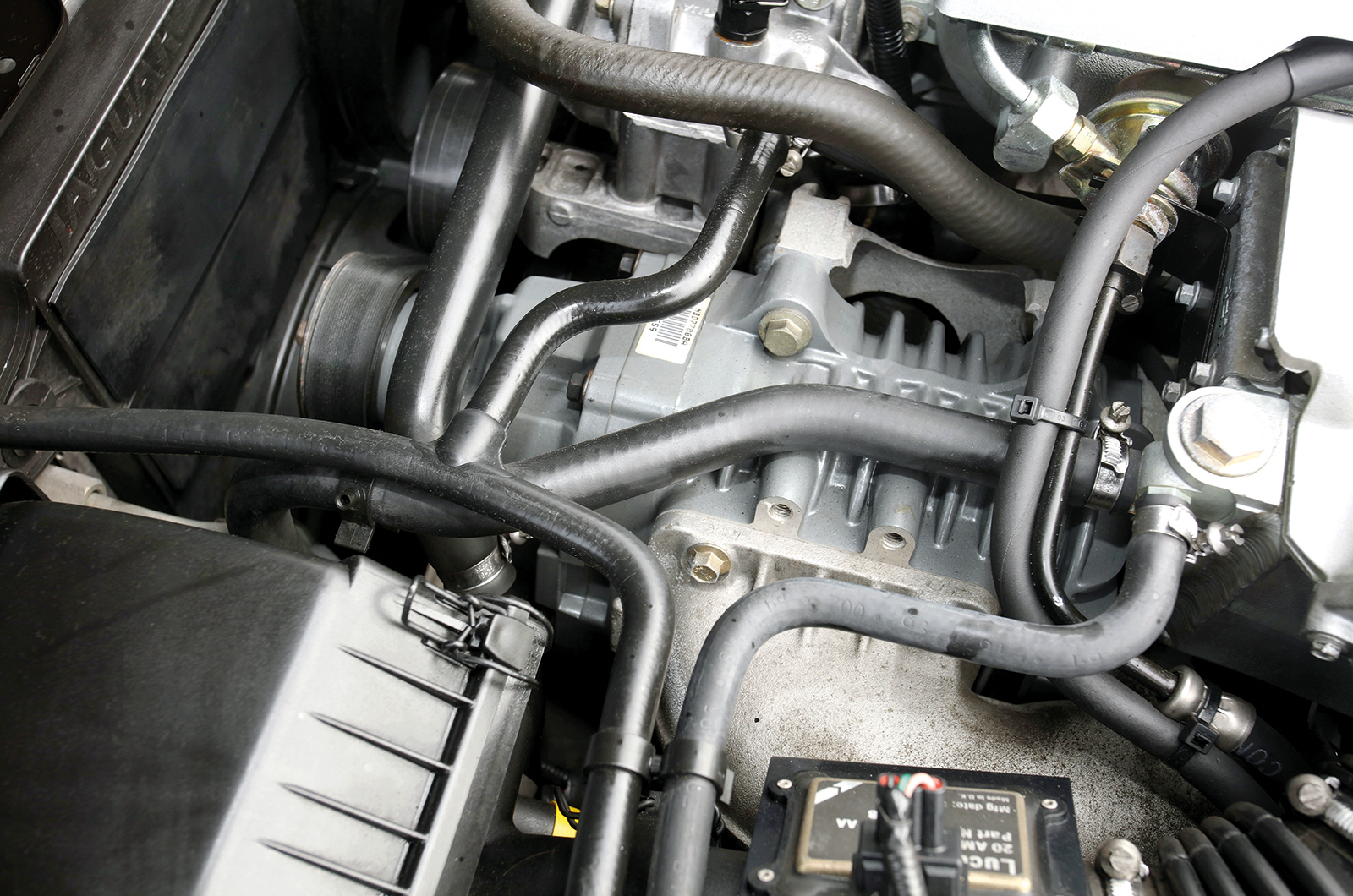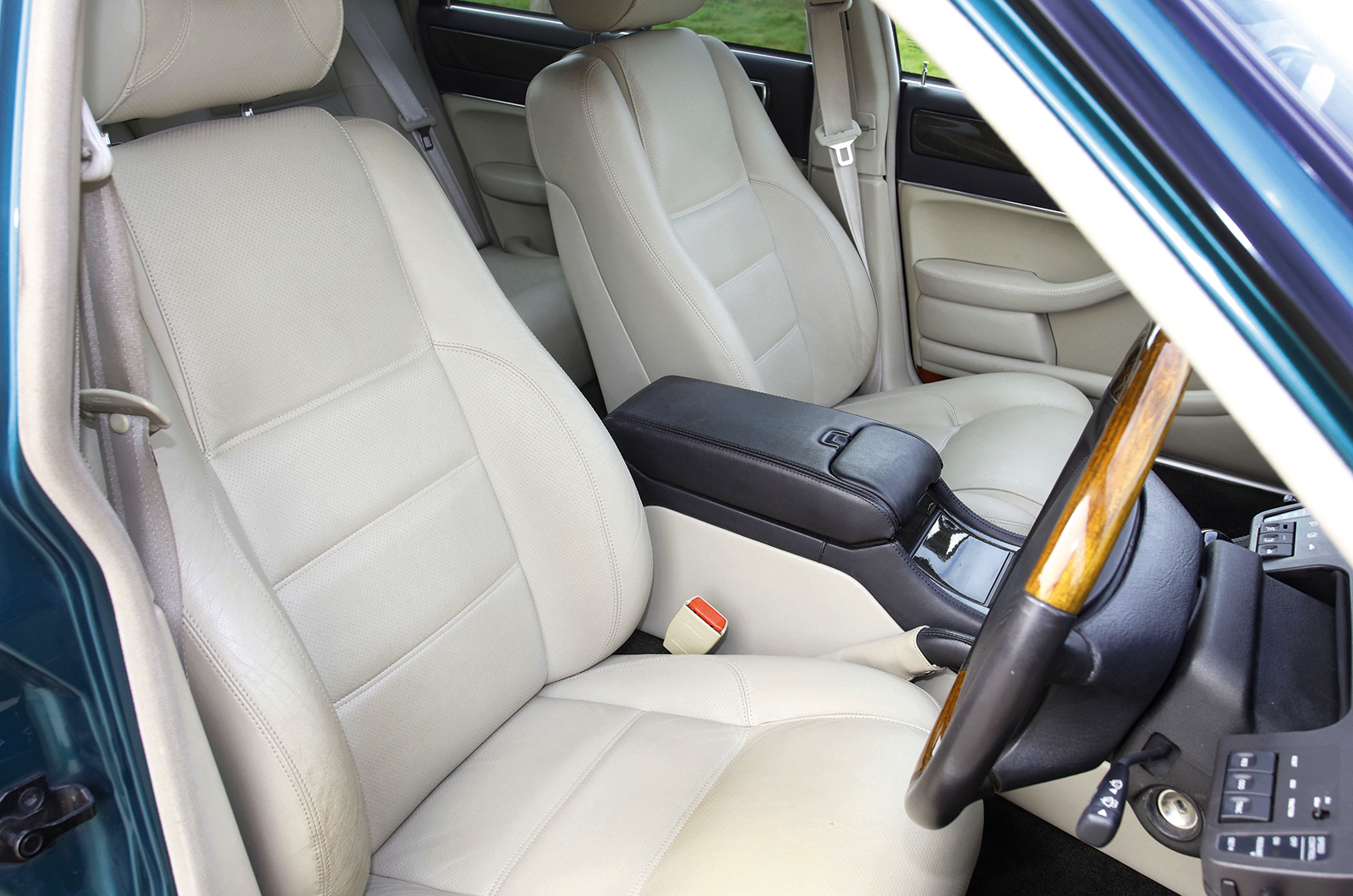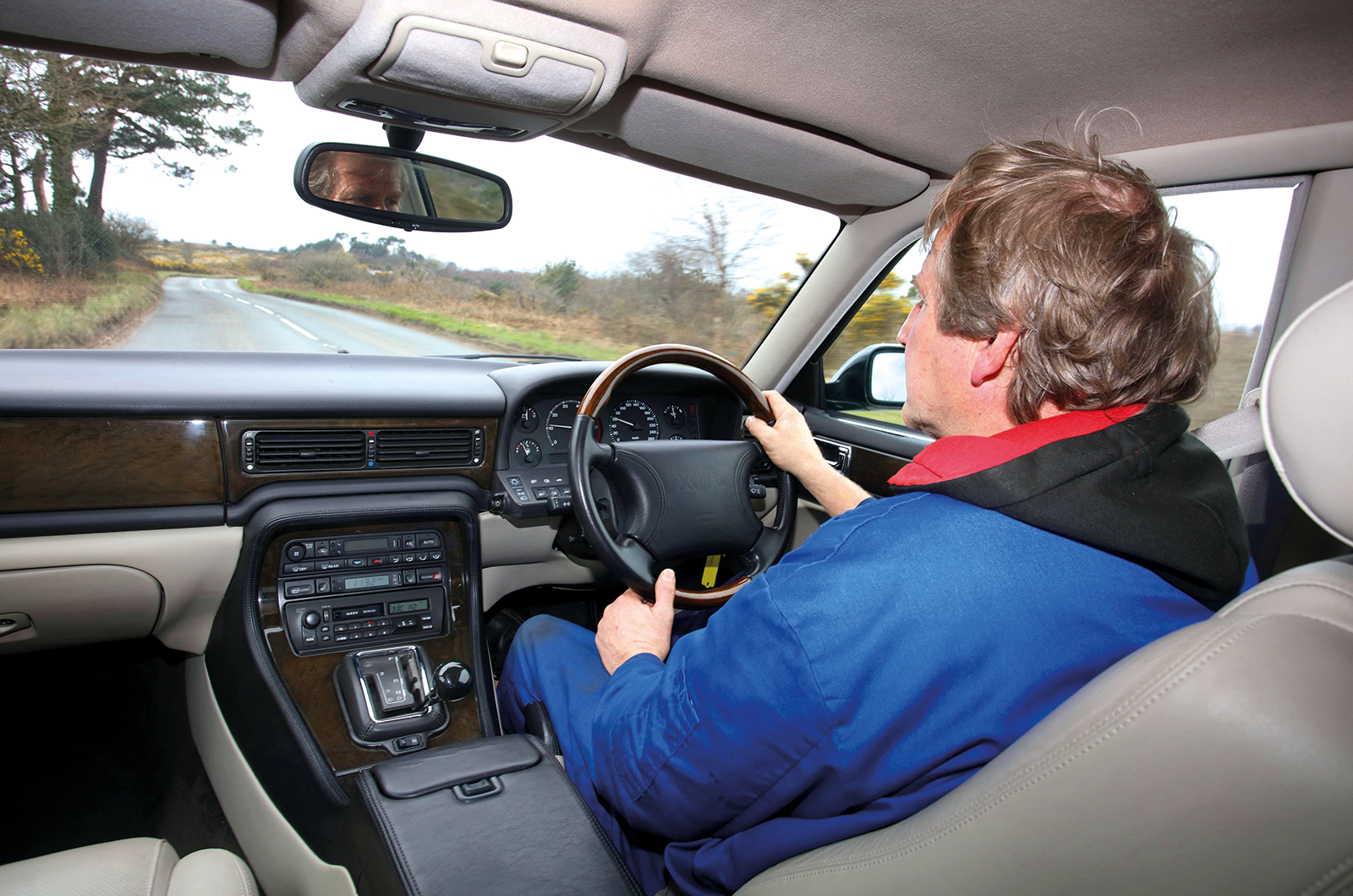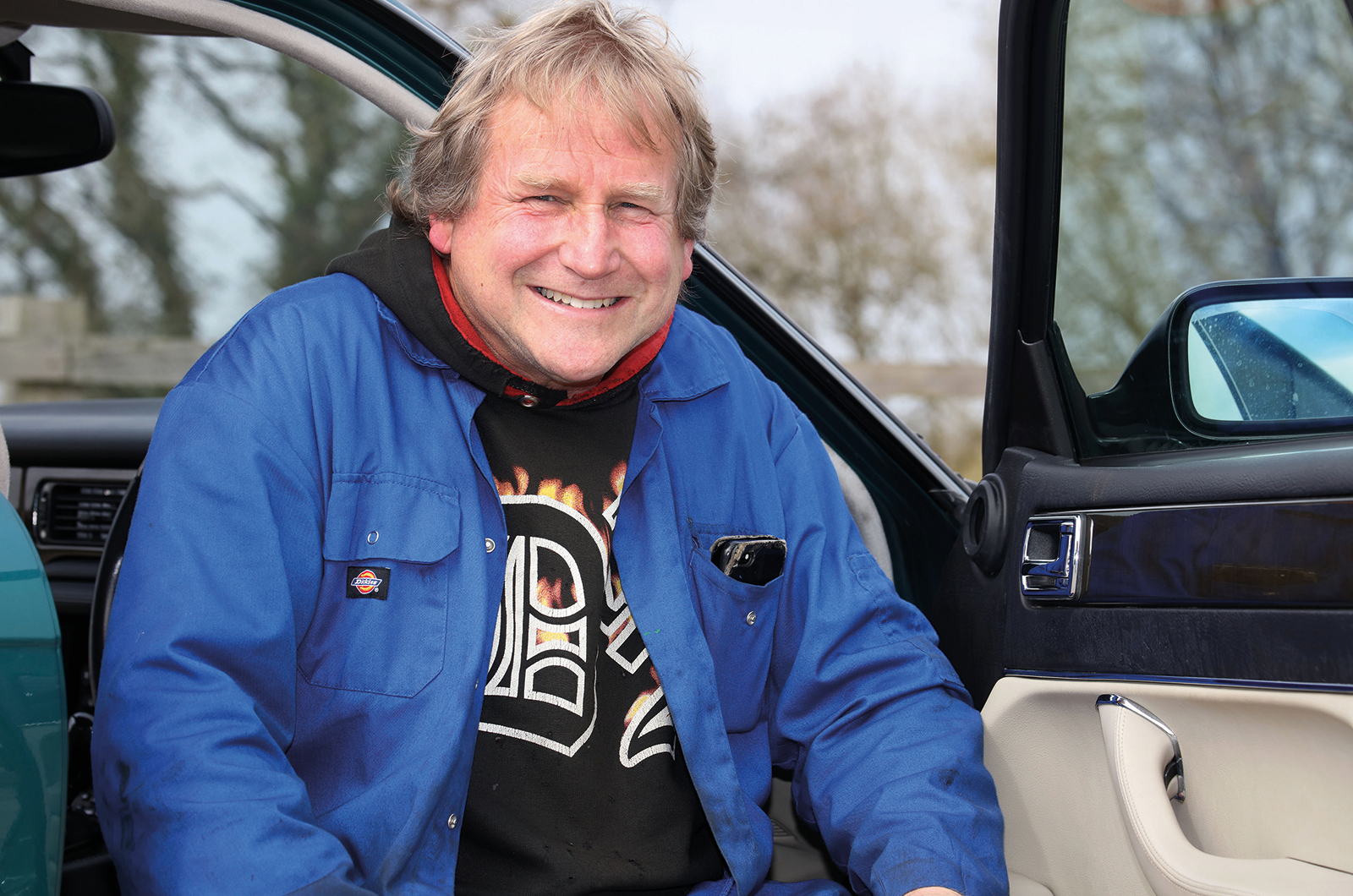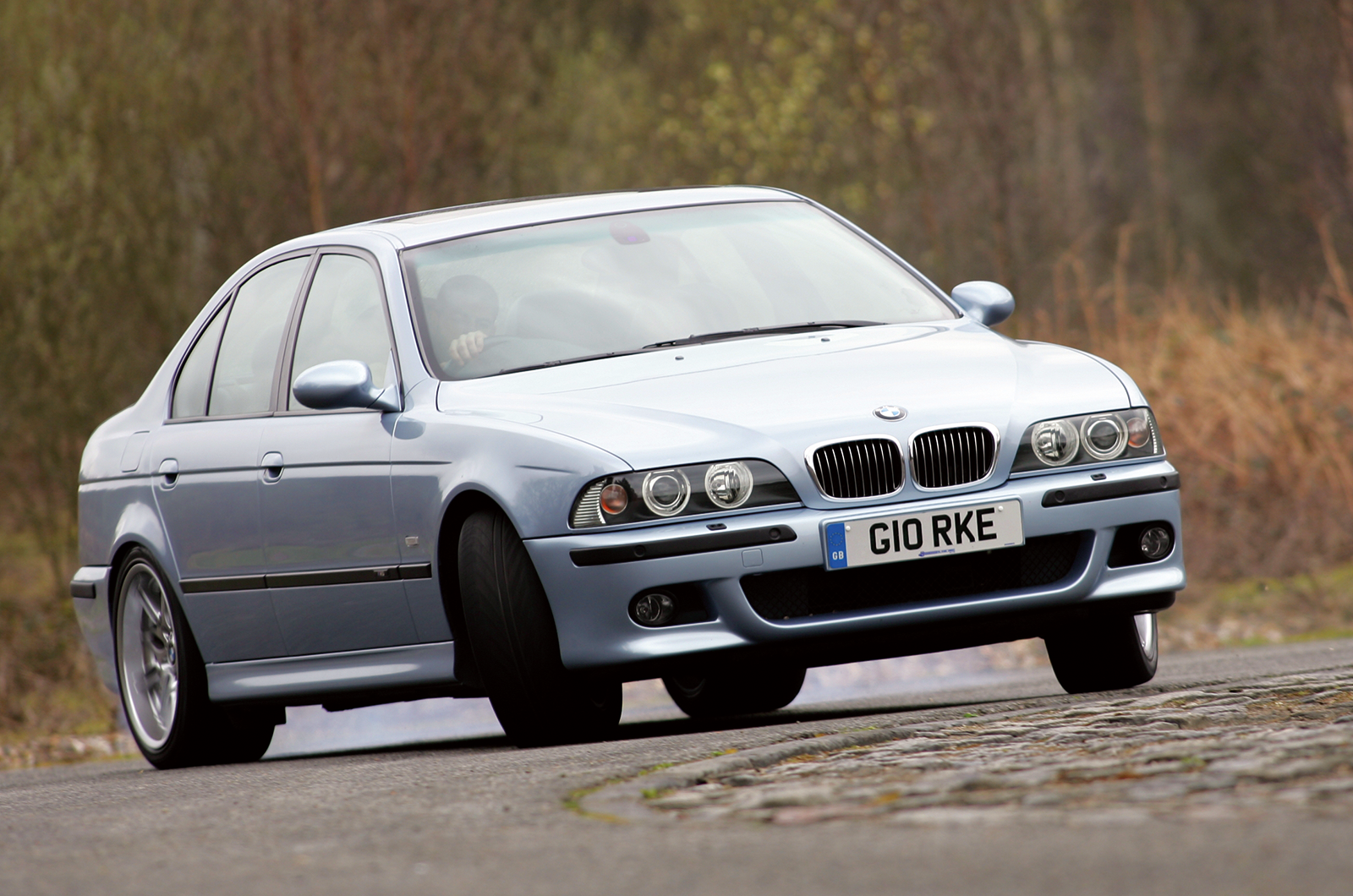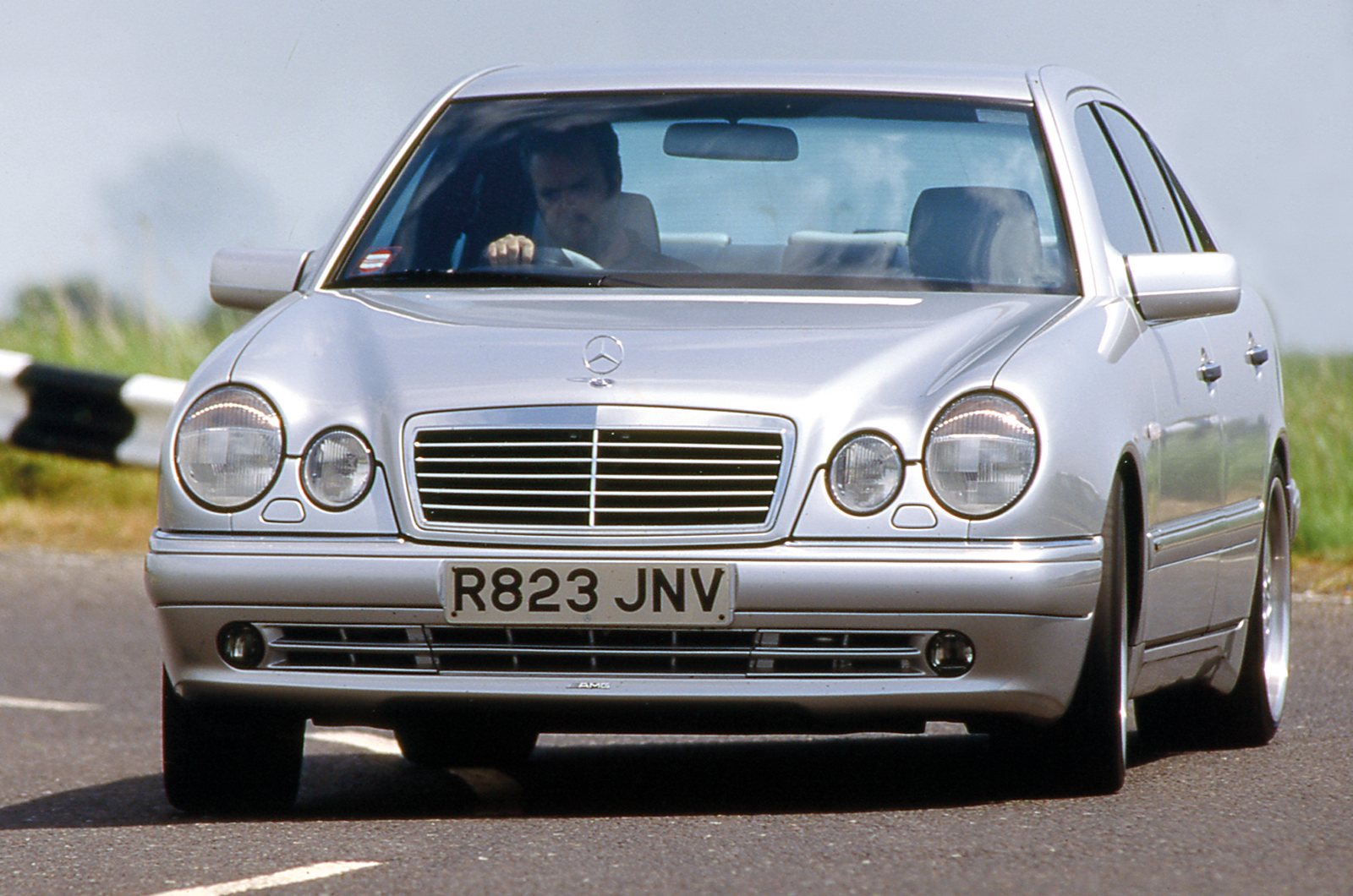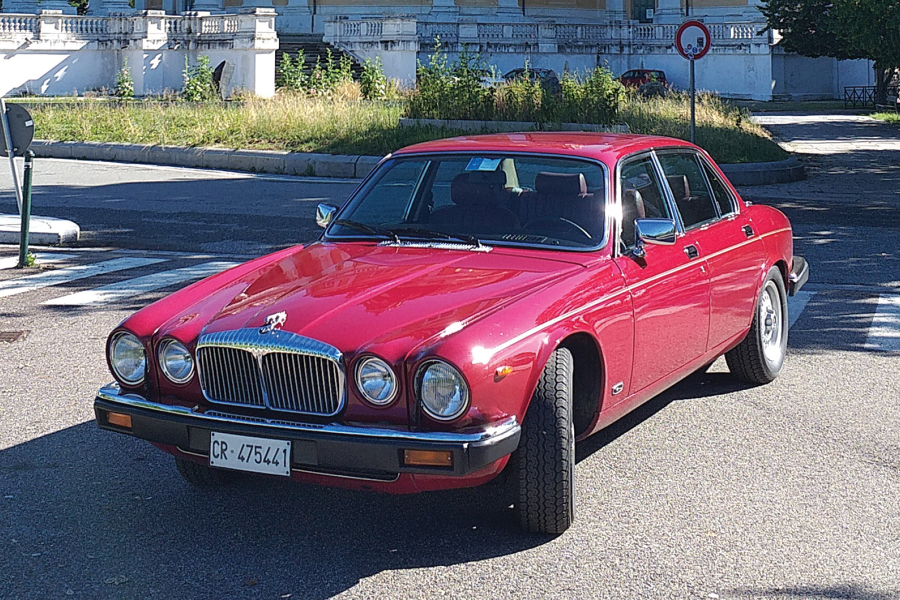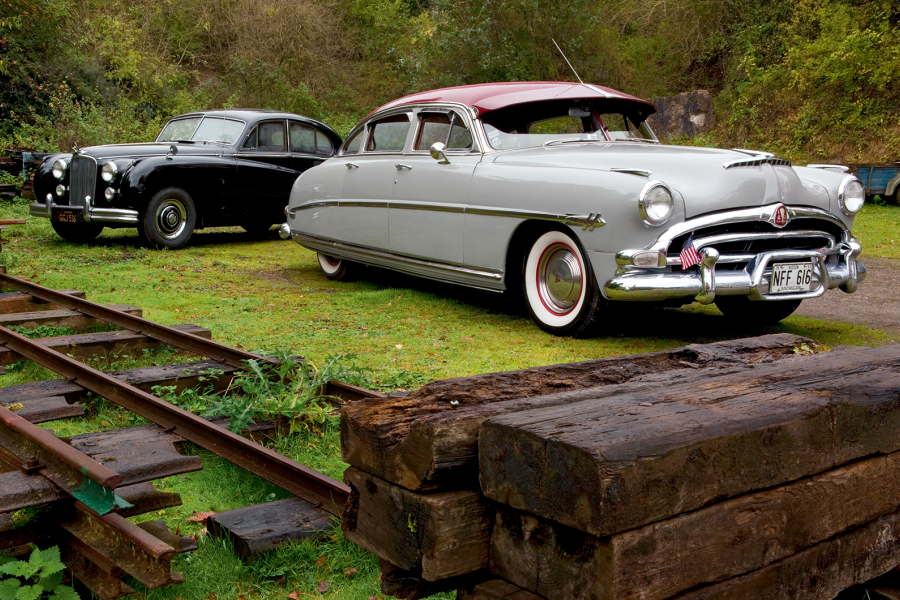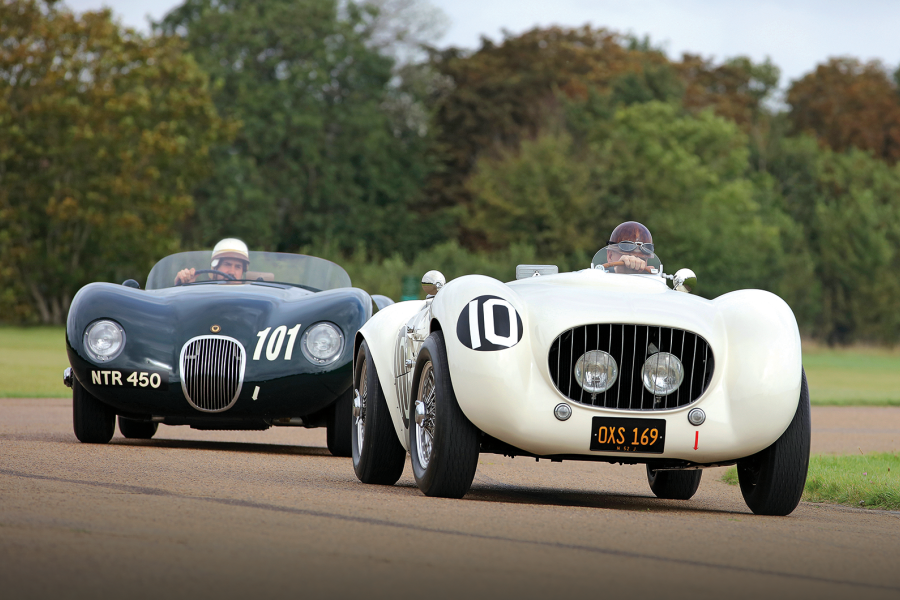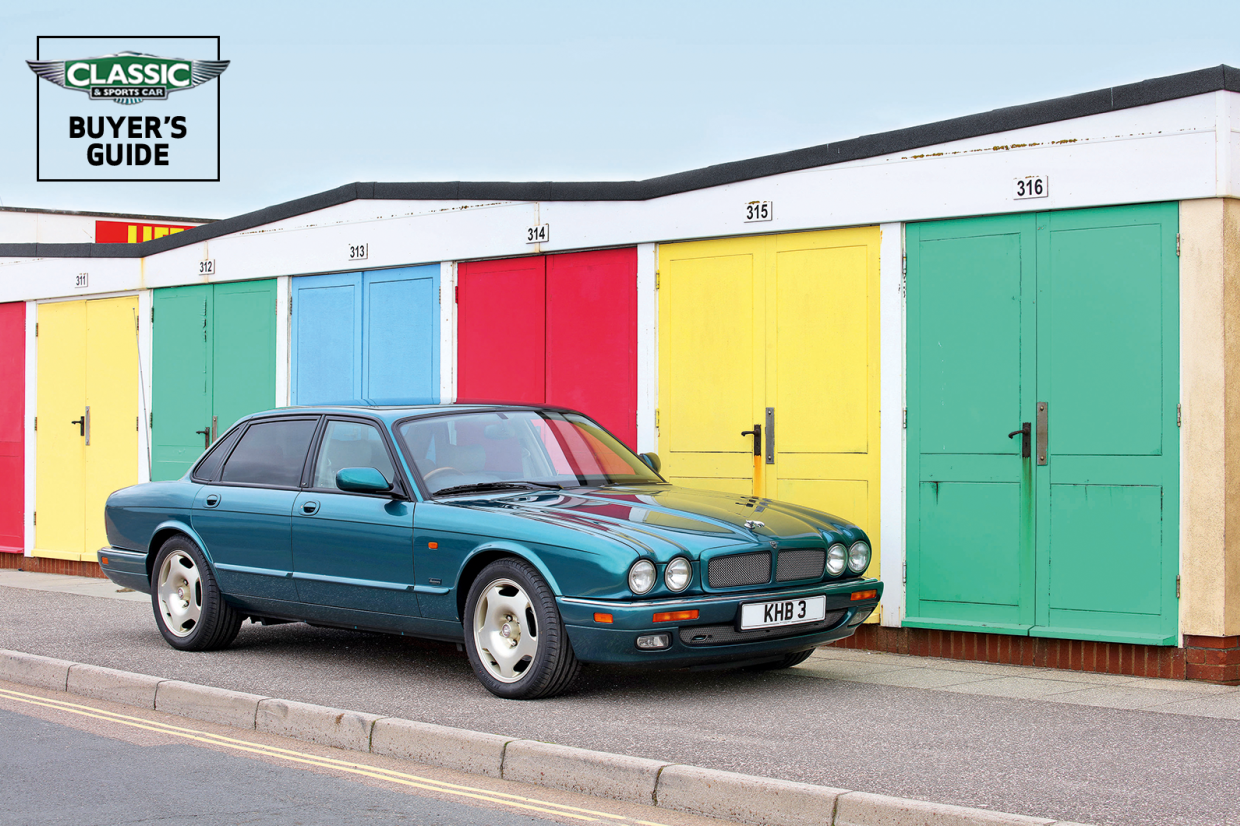
Why you’d want a Jaguar XJR
The X300 was the first new Jaguar to emerge under Ford’s control, so reviewers were hugely relieved to find it was still 100% a Jaguar – as confirmed by the styling, engine, comfort and pace.
Even better, from the start there was a high-performance saloon to take the fight back to BMW, Audi and Mercedes-Benz: the XJR.
Ford concentrated first on updating the production plants and improving quality, taking all factory lines up to Q1 quality standards. It showed: X300s were probably the most reliable and trouble-free Jaguars to date.
Equally importantly, Ford allowed Coventry’s engineers the freedom and funds to make the car they wanted to build, and the XJR was a revelation.
Autocar called it: ‘One of the most capable and relevant high-performance cars of the mid-’90s,’ continuing that,‘as well as being very fast, the XJR is very quiet, comfortable and refined… Where others grumble, the XJR glides.’
The supercharged 4-litre AJ16 engine pumped out more power and torque than the V12 (which remained in the range for ultimate luxury), and made the XJR faster-accelerating than a BMW M5, while still being able to waft along in comfort and silence when wanted in a manner its German rivals couldn’t emulate.
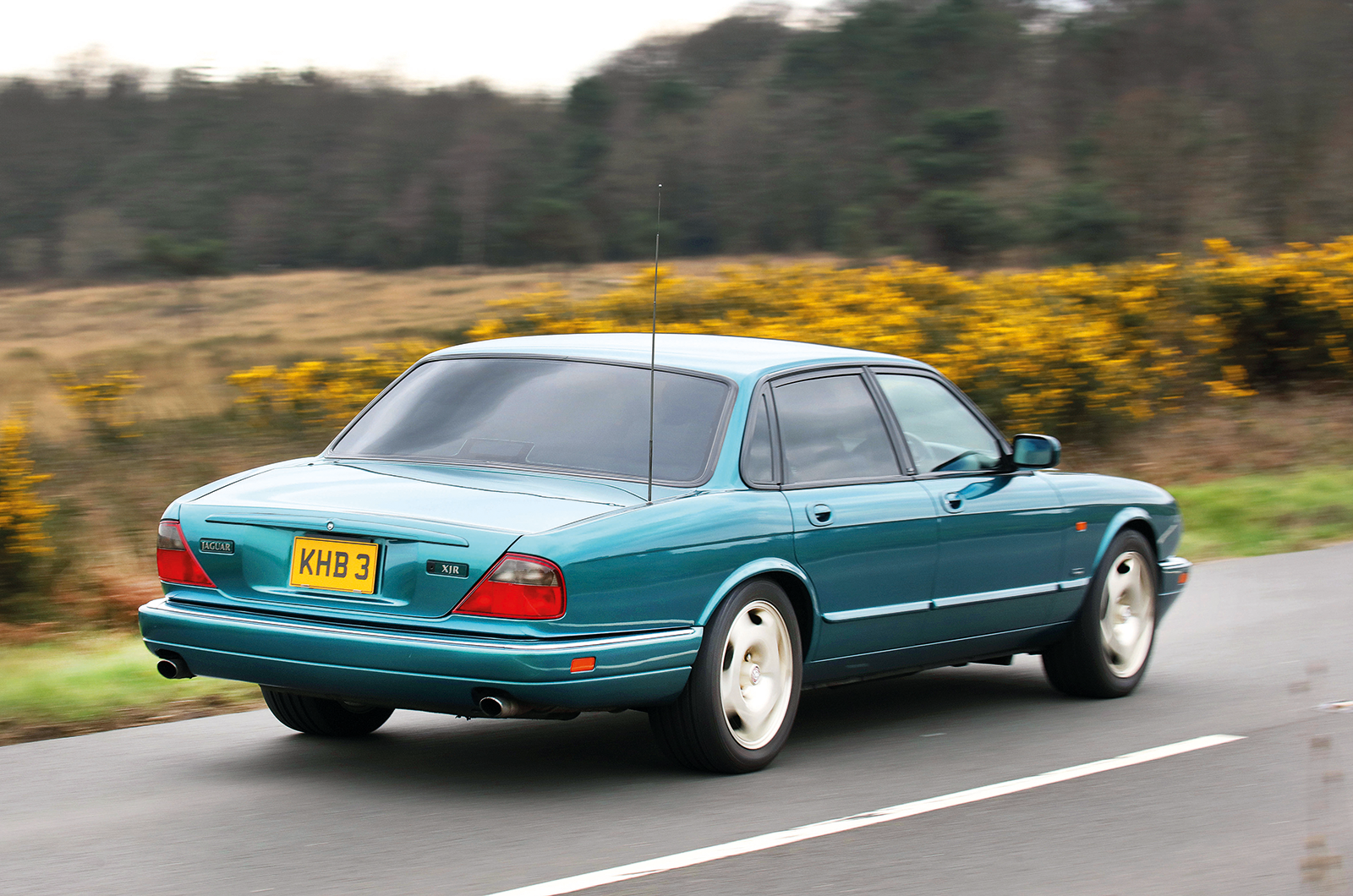
Just three years later, Jaguar gave in to almost 50 years of pressure from its biggest market, the USA, to put a V8 in its top saloons instead of a ‘six’, using the space to add a double bulkhead for extra refinement.

